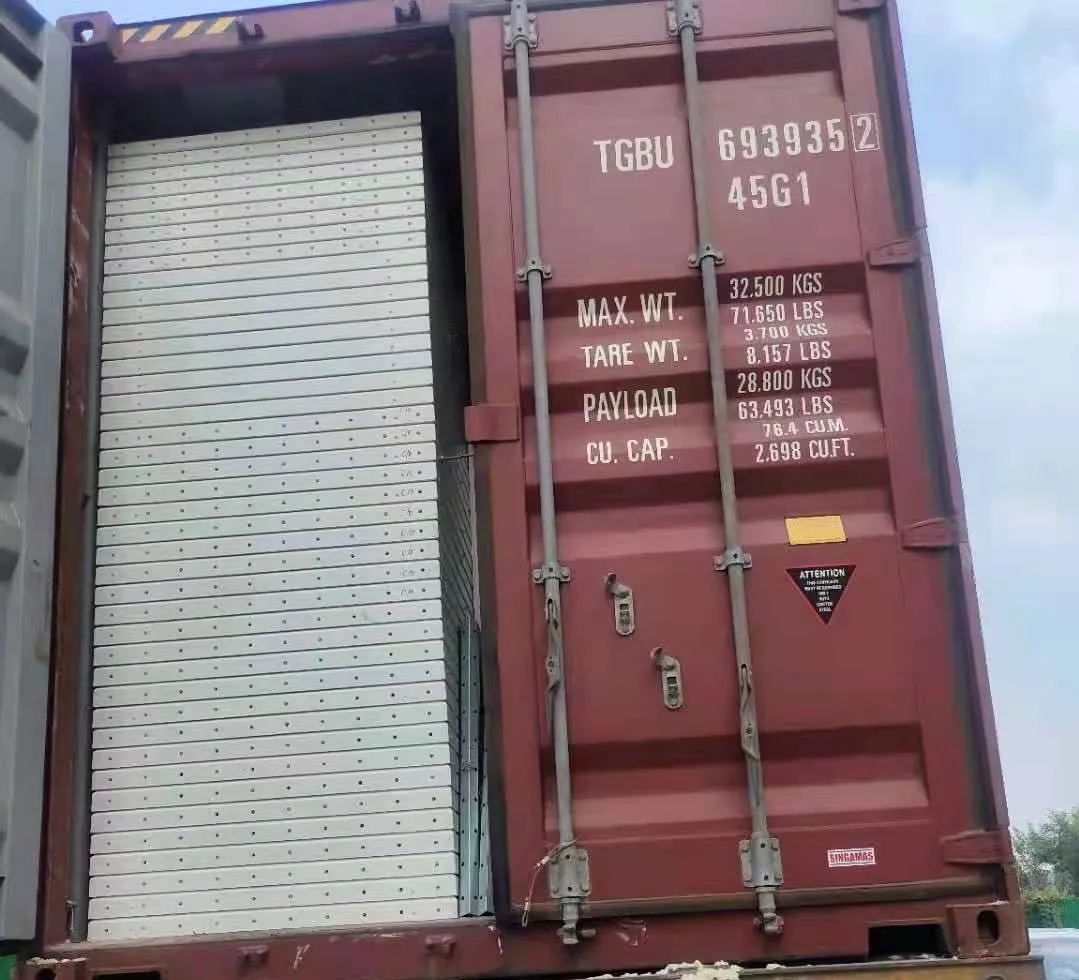loading...
- No. 9, Xingyuan South Street, Dongwaihuan Road, Zaoqiang County, Hengshui, Hebei, China
- admin@zjcomposites.com
- +86 15097380338
- Welcome to visit our website!
Exploring the Cost Factors of FRP Grating for Your Next Project and Budget Planning
The Price of FRP Gratings An Overview
Fiber Reinforced Polymer (FRP) gratings have emerged as a preferred choice in various industries due to their unique properties, including corrosion resistance, lightweight structure, and high strength-to-weight ratio. As industries seek more durable and cost-effective solutions, understanding the pricing dynamics of FRP gratings becomes essential for decision-makers.
What Influences the Price of FRP Gratings?
The price of FRP gratings can vary significantly based on several key factors
1. Material Composition The type of fibers used (glass, carbon, or aramid) and the resin involved (polyester, vinyl ester, or epoxy) play a crucial role in determining the cost. High-performance materials, such as carbon fiber, significantly drive up the price compared to traditional fiberglass options.
2. Manufacturing Process Different manufacturing techniques, such as pultrusion, hand lay-up, or resin transfer molding, impact the overall cost. Automated processes like pultrusion tend to offer consistency and efficiency, but they may require a higher initial investment in machinery.
3. Size and Configuration FRP gratings come in various sizes and shapes. Custom-size gratings or specialized configurations (like anti-slip surfaces) will typically command a higher price compared to standard offerings. The complexity of the design and specific client requirements can further influence costs.
4. Market Demand and Supply Just like any other commodity, the pricing of FRP gratings is subject to market fluctuations. Increased demand in industries such as construction, oil and gas, and wastewater treatment can lead to higher prices, especially if supply cannot keep pace.
5. Geographical Factors Costs can vary greatly depending on the region due to differences in labor costs, transportation, and local market conditions. Import tariffs and taxes may also influence the final price for buyers in different countries.
frp grating price

Cost-Effectiveness of FRP Gratings
Despite the initial expense, investing in FRP gratings can lead to substantial long-term savings. Their durability and low maintenance requirements mean that companies can save on replacement and upkeep costs over time. Additionally, the resistance to harsh environmental conditions extends the lifespan of installations, further enhancing cost-effectiveness.
Comparative Analysis with Alternative Materials
When evaluating the price of FRP gratings, it’s essential to compare them with traditional materials like metal or wood. While metals can provide comparable strength, they often lack the corrosion resistance and anti-slip properties that FRP offers, particularly in harsh environments such as coastal areas or chemical plants. Wooden grates, while cost-effective initially, tend to degrade faster, leading to higher replacement and maintenance costs.
Future Trends in FRP Grating Pricing
Looking ahead, the FRP market is expected to evolve, influenced by advancements in material science and manufacturing technologies. As production costs decrease through innovation, the price of FRP gratings may become more competitive. Additionally, sustainability trends will push manufacturers to develop more eco-friendly materials and processes, potentially reshaping price structures.
Conclusion
Understanding the factors influencing the price of FRP gratings is crucial for businesses looking to make informed purchasing decisions. While upfront costs may vary, the overall value and lifecycle savings of FRP gratings make them a worthwhile investment. As the market continues to evolve, stakeholders should remain vigilant about changes in pricing dynamics to ensure they secure the best deals available in this innovative and increasingly popular material landscape.
-
Premium FRP Handrail for All ApplicationsNewsAug.29,2025
-
Low Maintenance FRP Mini Mesh Grating ProductsNewsAug.29,2025
-
Innovative FRP Square Tubes for Modern Industrial SolutionsNewsAug.29,2025
-
FRP Water Storage Tanks Wholesale Solutions for Bulk BuyersNewsAug.29,2025
-
FRP Molded Grating Solutions for Diverse Industrial ApplicationsNewsAug.29,2025
-
Construction Advancements Through FRP Pultruded ProfilesNewsAug.29,2025
-
Why Choose FRP Railings, Guardrails, and Handrail Systems?NewsAug.29,2025
